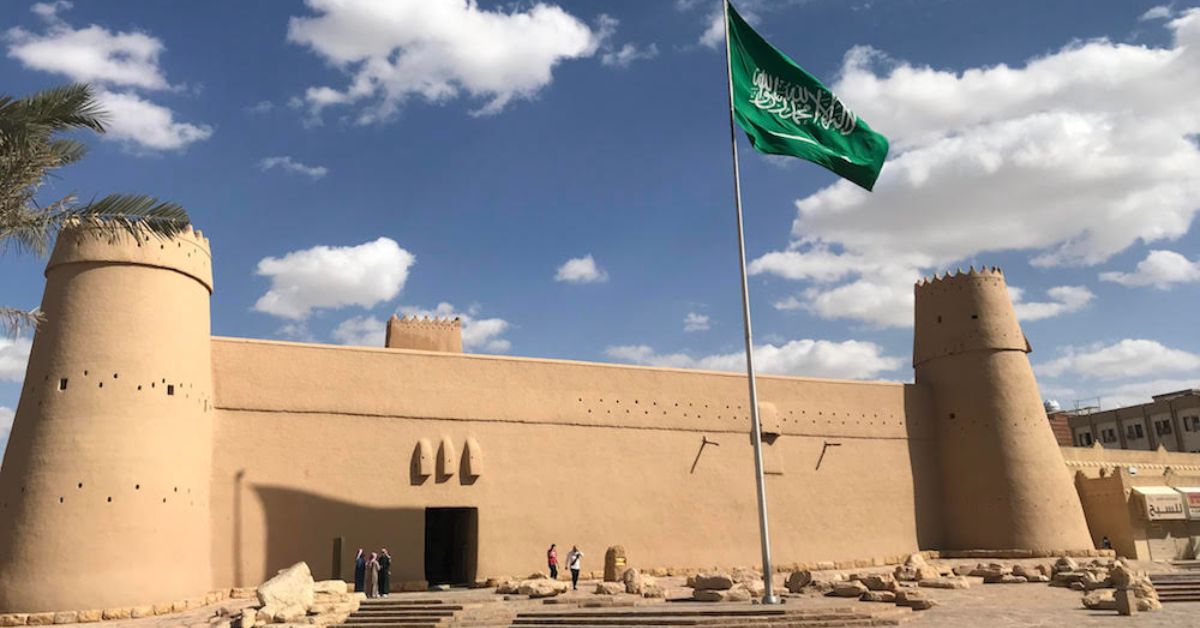RIYADH, SAUDI ARABIA — Riyadh, the capital, stands at the forefront of Saudi Arabia’s transformative journey in tourism, blending historical allure with futuristic sophistication. The city’s ambition to host the 2030 World Expo is anticipated to be a significant catalyst in this evolution.
Boasting exceptional infrastructure, substantial investments, market influence, youthful vigor, innovative concepts, and global business ties, Riyadh is further enhanced by state-of-the-art Saudi airports and seaports. Its strategic location places it at the epicenter of major population hubs.
Historically, Riyadh, in contrast to Cairo and Baghdad, was somewhat reserved in welcoming foreign visitors. Tourist visas were non-existent, and travel beyond the sacred cities of Makkah and Madinah was restricted to pilgrimage visas. Consequently, the city’s rich offerings in culture, history, heritage, and cuisine remained relatively unknown outside the Arab world.
This isn’t to suggest that Saudi Arabia isolated itself. Every year, millions of Muslims journey to Makkah and Madinah for Hajj and Umrah.
However, for various reasons, tourism wasn’t actively promoted or recognized as an economic growth engine. For over 80 years, oil has been the linchpin of the Saudi economy and will undoubtedly continue to fuel the Kingdom’s advancement in the coming decades.
Yet, in recent times, the Kingdom has taken assertive steps to diversify its economy. As a result, it’s not just oil that’s projected to drive future economic growth. Tourism is now seen as a key player in this diversification strategy.
Transformation: A journey, not a destination
The metamorphosis of the Kingdom into a bustling tourist hotspot has been a gradual process. Visa and entry protocols have been systematically liberalized, making it more accessible for tourists. Pilgrims are now free to venture beyond the sacred cities of Makkah and Madinah.
The number of those traveling for business has surged as the non-oil sector flourished, aligning with the country’s economic diversification efforts.
Boasting a population of 6.5 million, Riyadh stands as the largest city in the Arab Gulf region and serves as a financial hub. Whether you’re keen on exploring a significant Islamic city or delving into desert lifestyles, Riyadh offers an unmatched, enriching experience. Visitors can savor vibrant Arabian cuisine, upscale shopping malls, contemporary Gulf social life, and, naturally, sites of immense historical value.
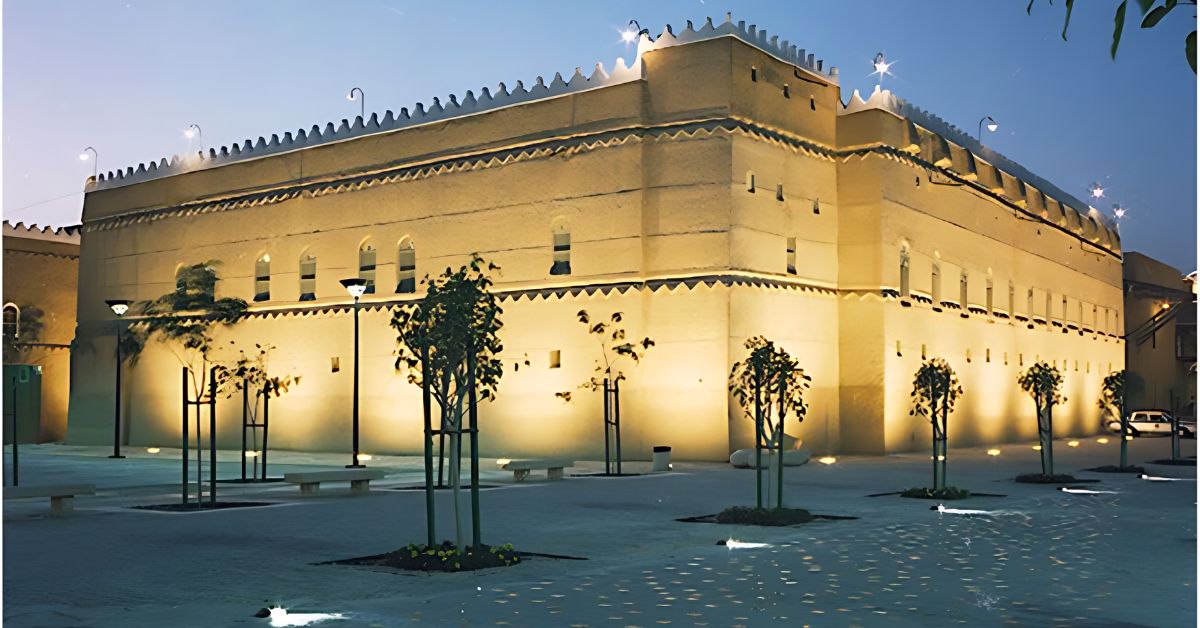
Masmak Fortress
For history enthusiasts, the Masmak Fortress is a must-visit. Had Abdulaziz, the founder of Saudi Arabia, and his followers not seized this citadel in a 1902 battle, the trajectory of the Kingdom’s history would have been different. A visit here is pivotal to grasp the evolution of modern Saudi Arabia. Tourists can discover how this fort stands as a symbol of the unification of various Saudi provinces. For a deeper dive into history, the National Museum in the old city offers a preservation of the Arabian Peninsula’s past.
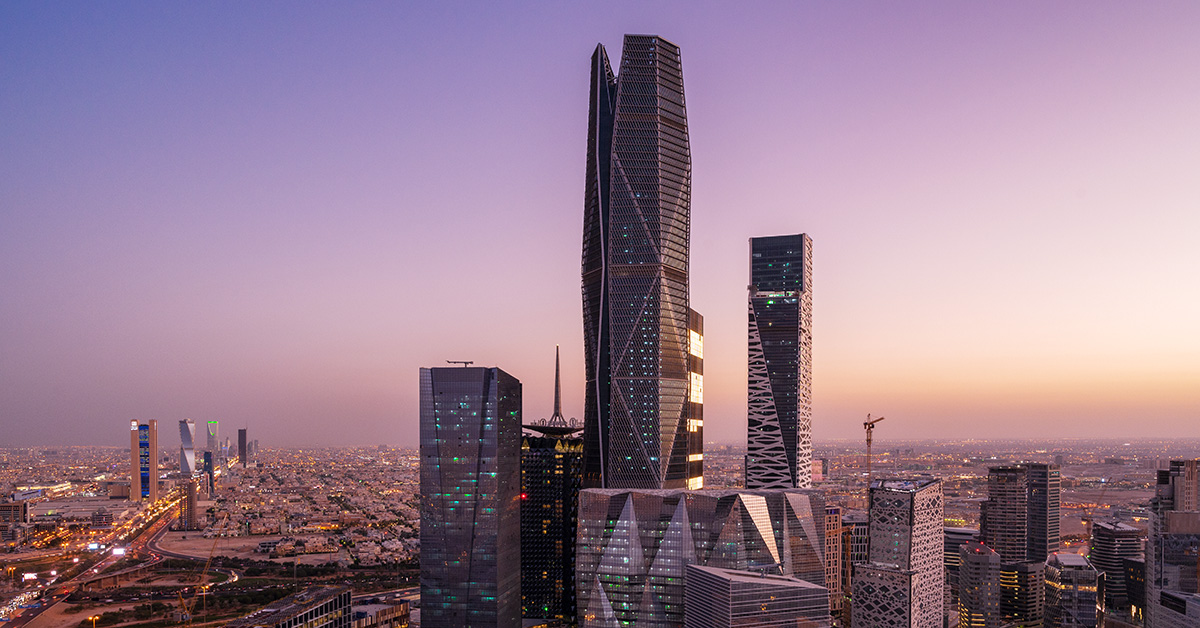
Qasr Al Murabba
The Murabba Palace, known as Qasr Al Murabba, stands as another historical landmark. Constructed by King Abdulaziz, he and his family took residence in the palace in 1939. This edifice, housing 32 rooms across two floors, also functioned as his office.
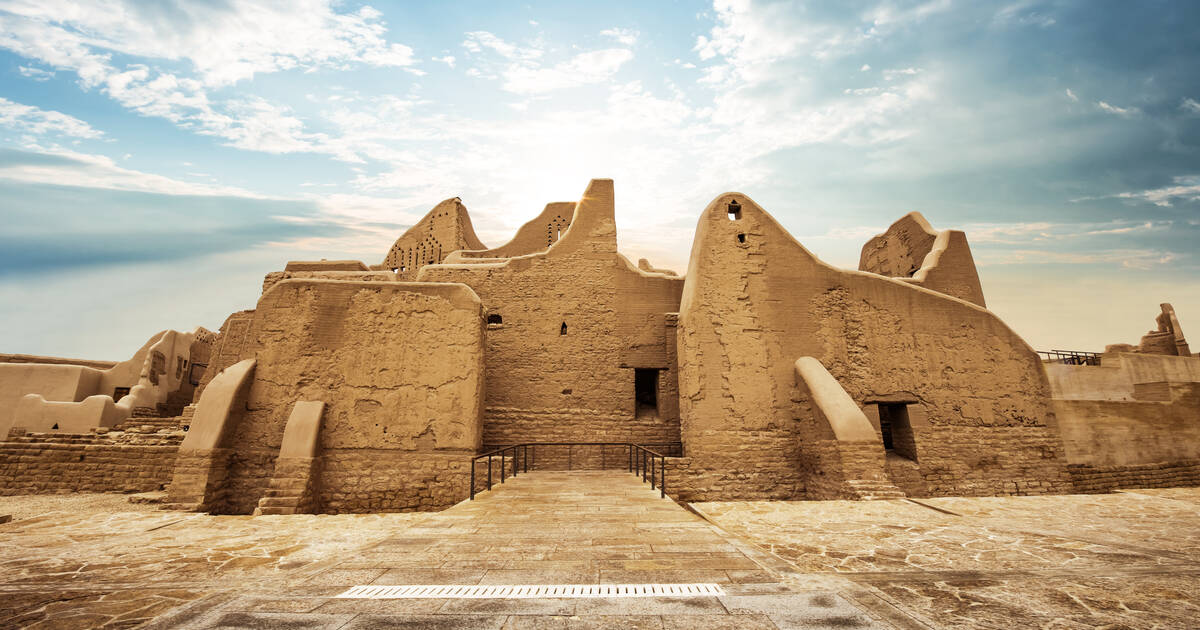
At-Turaif District
The At-Turaif site in old Diriyah allows visitors to witness the rejuvenated remnants of mud-brick constructions, encompassing 18th-century mosques, royal palaces, residences, and battlements from the First Saudi State. Recognized as a UNESCO World Heritage site, it narrates tales of determination and valor set against a challenging desert backdrop.
In homage to its rich history, the Diriyah Gate Development Authority has embarked on an ambitious project to revitalize the Diriyah Gate area, including the nearby Wadi Safar and Al Bujairi. The blueprint includes a plethora of hotels, museums, shopping centers, and eateries, setting the stage for a premier tourist attraction.
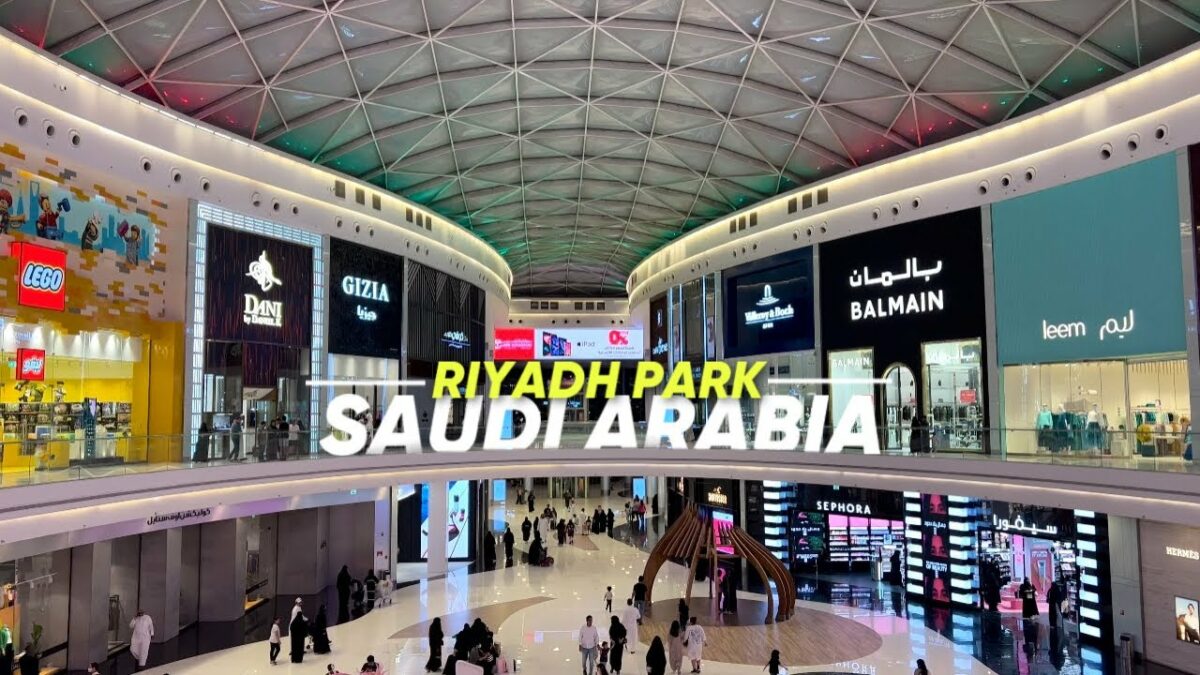
Tallest buildings
Riyadh boasts some of the Kingdom’s loftiest structures. The Kingdom Tower, standing at 302 meters, is a prime tourist attraction. High-speed elevators swiftly whisk visitors to the 99th-floor Sky Bridge, offering breathtaking city views. The tower encompasses a food court, the Al Mamlaka shopping mall, and a luxury hotel.
However, the title for Riyadh’s tallest building goes to the 385-meter PIF Tower in the King Abdullah Financial District.
Another architectural marvel is the Al Faisaliah Tower. Rising 267 meters, it’s renowned as the Kingdom’s first skyscraper. Beyond offices and residences, this tower features restaurants, a shopping mall, and a viewing platform showcasing the city’s impressive skyline.
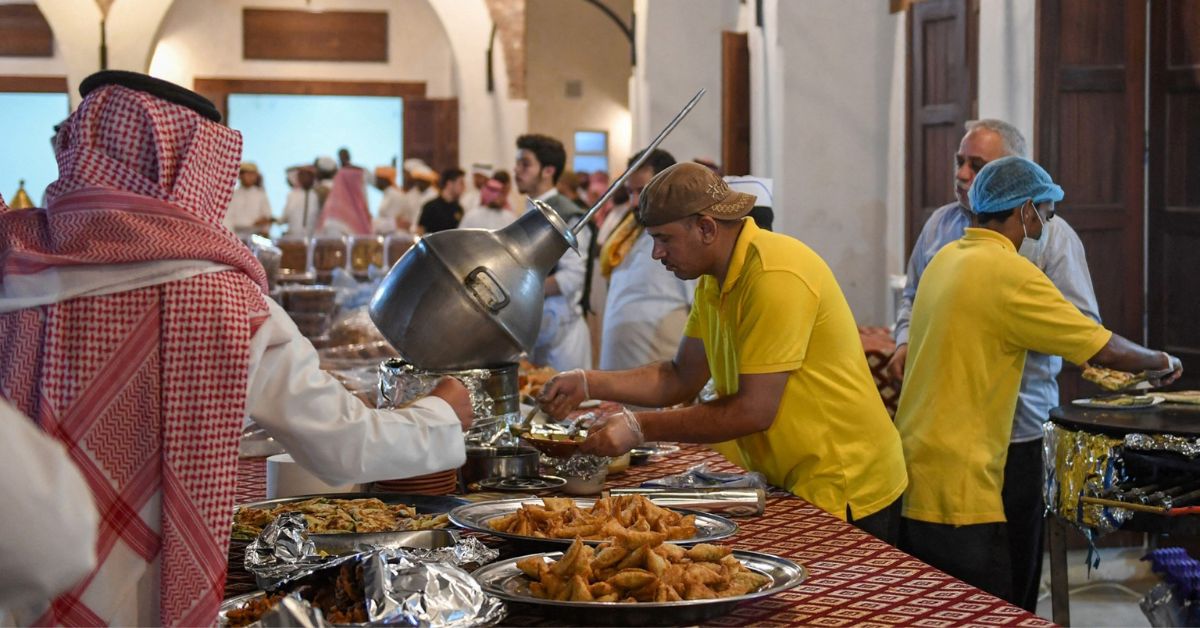
Cuisine
With a penchant for travel, Saudis have developed a diverse culinary palette. In Riyadh, one can indulge in a myriad of dishes, with Arabian and Middle Eastern cuisines reigning supreme for their tantalizing flavors and health benefits.
It might come as a surprise to some that Saudi Arabia yields high-quality agricultural, poultry, and dairy products and boasts a robust processed food industry. The Kingdom is home to several top-tier restaurant chains that stand out in their class. So, if you’re craving a burger and fries, consider sampling a Saudi chain. And, as any visitor will attest, Saudi restaurants rank among the world’s most family-friendly establishments.
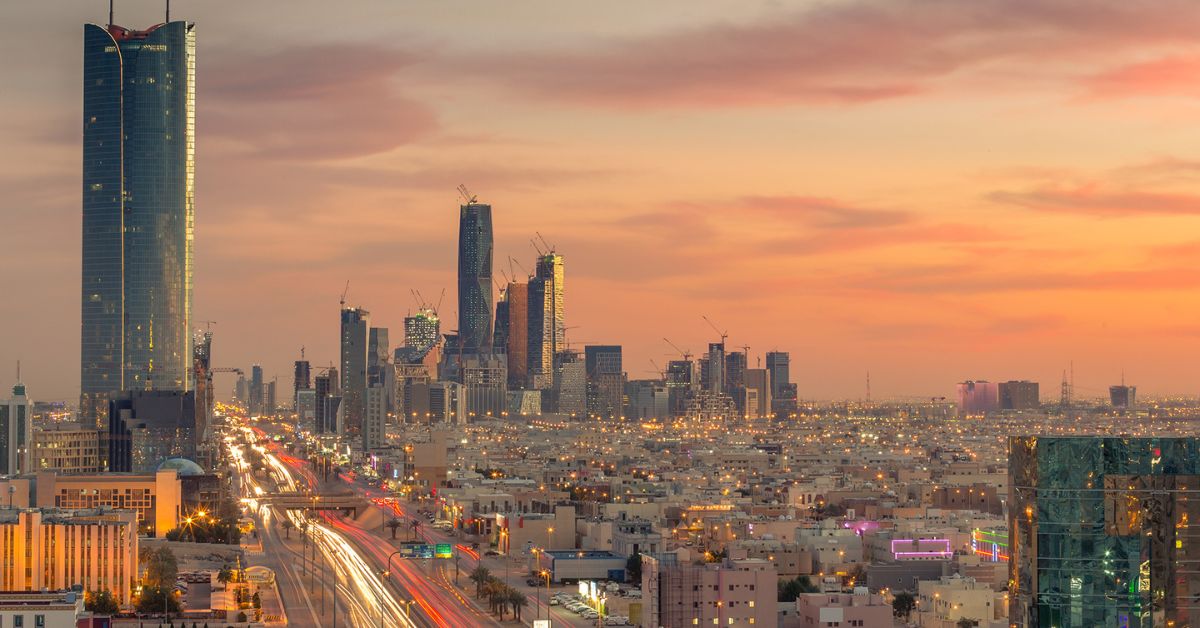
Shopping
Before concluding your city escapade, immerse yourself in local shopping.
Riyadh’s souks offer an unparalleled shopping experience for those seeking perfumes, jewelry, decorative items, traditional attire, abayas, thobes, cosmetics, textiles, rugs, pottery, crafts, honey, dried fruits, and spices. These traditional markets bustle, especially during the holy month of Ramadan.
Prominent souks include Almaigliah Souq, Souq Al Owais, Souq Al Zal, and Souq Al Thumairi.
For date enthusiasts, the Riyadh Seasonal Dates Market is the ultimate destination.
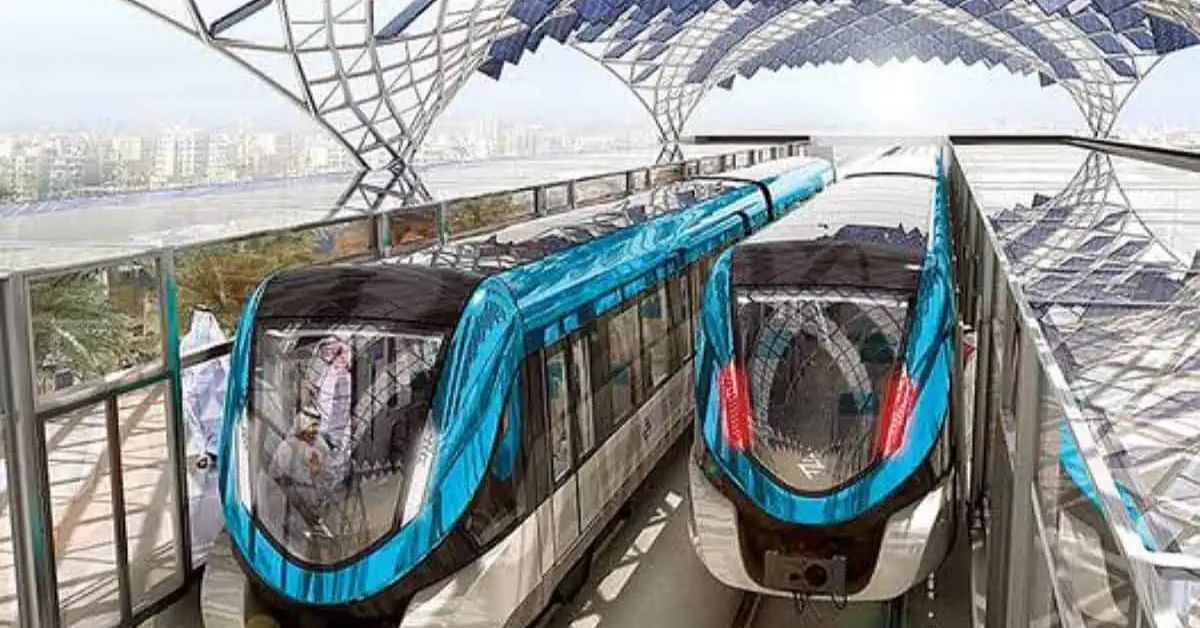
Transportation
Most visitors in Riyadh typically rely on taxis or car rentals to navigate the city. However, the landscape of urban mobility is set for a significant shift with the introduction of the Riyadh Metro. This $23 billion endeavor comprises six lines connecting 85 stations along its 176-mile network. Notably, it will provide direct links between King Khalid International Airport and the King Abdullah Financial District, while also servicing many densely populated regions.
The Riyadh Metro is a cornerstone of the broader Riyadh Public Transport Project (RPTP), which also encompasses a comprehensive bus system. With projections indicating that Riyadh’s population will soar to eight million by 2030, the city is in dire need of an efficient transportation infrastructure.
While the burgeoning public transportation system may not entirely replace Riyadh’s car-centric culture, the promise of enhanced connectivity and reduced traffic congestion is poised to significantly elevate the living experience for residents and travelers alike.


